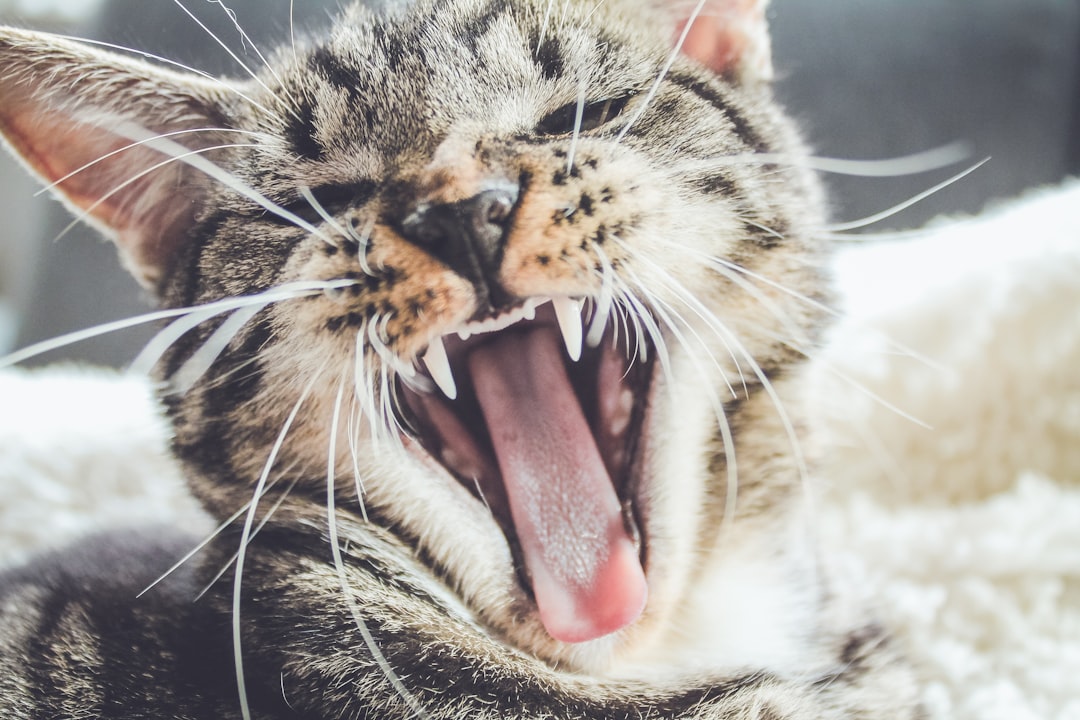What is it about?
The involvement of the enzyme, phenylalanine hydroxylase (PAH), in the S-oxidation of S-carboxymethyl-L- cysteine (SCMC) is now firmly established in man and rat. However, the underlying role of the molecular genetics of PAH in dictating and influencing the S-oxidation polymorphism of SCMC metabolism is as yet unknown. In this work we report that the S-oxidation of SCMC was dramatically reduced in the tetrahydrobiopterin (BH4) responsive mutant PAH proteins (I65T, R68S, R261Q, V388M and Y414C) with these enzymes possessing between 1.2% and 2.0% of the wild type PAH activity when SCMC was used as substrate. These same mutant proteins express between 23% and 76% of the wild type PAH activity when phenylalanine was used as the substrate. The PAH mutant proteins (R158Q, I174T and R408W) that result in the classical phenylketonuria (PKU) phenotype expressing 0.2–1.8% of the wild type PAH activity when using phenylalanine as substrate were found to have <0.1% of the wild type PAH activity when SCMC was used as the substrate. Mutations that result in PAH proteins retaining some residual PAH activity with phenylalanine as substrate have <2.0% residual activity when SCMC was used as a substrate. This investigation has led to the hypothesis that the S-oxidation polymorphism in man is a consequence of an individual carrying one mutant PAH allele which has resulted in the loss of the ability of the residual PAH protein to undertake the S-oxidation of SCMC in vivo.
Featured Image

Photo by freestocks.org on Unsplash
Why is it important?
This is the first hypothesis paper reporting the genetic defect underpinning the S-oxidation polymorphism in humans.
Read the Original
This page is a summary of: The activity of wild type and mutant phenylalanine hydroxylase with respect to the C-oxidation of phenylalanine and the S-oxidation of S-carboxymethyl-l-cysteine, Molecular Genetics and Metabolism, January 2009, Elsevier,
DOI: 10.1016/j.ymgme.2008.10.011.
You can read the full text:
Contributors
Be the first to contribute to this page










